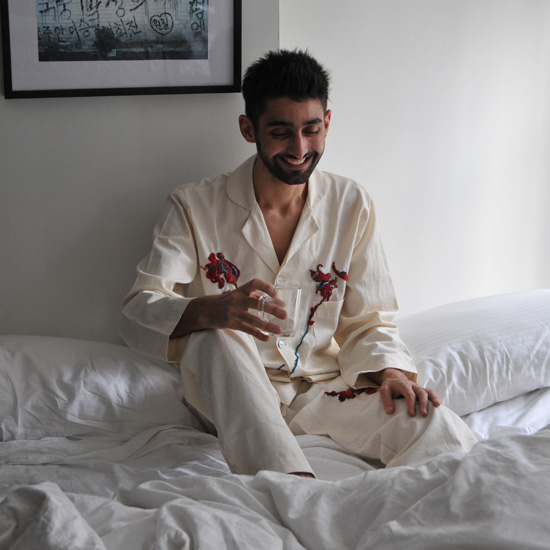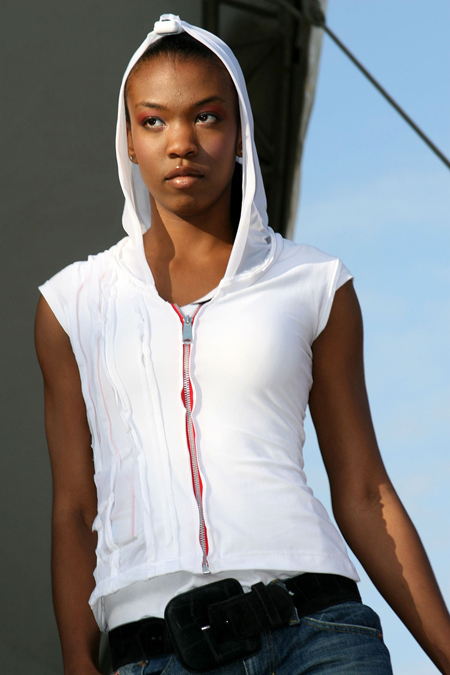[gallery]
Canadian Film's Interactive Arts and Entertainment Program designers Kathleen Climie, Rose Bianchini and David McCallum have created Neighbourhoodie, which merges physical street games with online games. "Be your own video game" they say in their demonstration video. I love how the designers are thinking of ways to connect the garments to a larger and richer online experience.
Here's how they describe it on their project site: "The Neighbourhoodie is a hooded sweatshirt that augments the experience of game playing through an electronic infrastructure mounted in the garment. Neighbourhoodie explores the hoodie as a platform; what if the garment familiar to teenagers could actually enhance experiences? What modes of interaction are inherent to the garment?
The garment has a basic infrastructure of proximity sensing, speakers, and lights to augment game play. The proof-of-concept prototype is an augmented game of tag, where players are alerted to the presence of other players through unique sounds, and are given information about players' states in the game by sounds as well as lights mounted on the garment."
Continue reading on Talk2MyShirt. Images from the designers' Flickr site.


